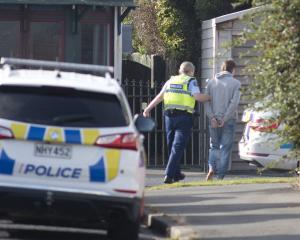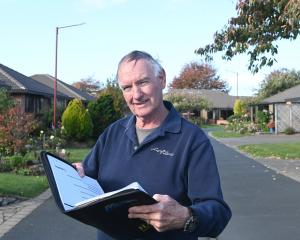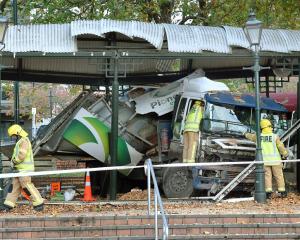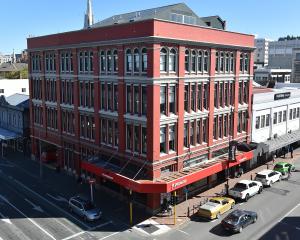Port Otago Ltd faces a mass of red tape partly because of a proposed extended 20m harbour land buffer zone involving wahi tupuna, and other rule changes mooted for the Dunedin City Council's second generation district plan.
Appearing for Port Otago, Len Andersen made that point during submissions on manawhenua matters, at the council's 2GP Hearings Centre in George St, Dunedin, yesterday.
Questions are also being asked about the potential wider effects of the expanded buffer zone, given that in its proposed form it was suggested in a Dunedin City Council reporting officer's report, tabled at yesterday's hearing.
It has not previously been publicly notified.
Manawhenua refers to Maori people who have local tribal or sub-tribal authority in the area.
Wahi tupuna are places important to Maori for their ancestral significance and associated cultural and traditional values.
Mr Andersen said Port Otago Ltd was committed to consulting manawhenua on "matters of interest or concern'' to manawhenua.
There was "a difficulty'' because consultation requirements depended on which activities were discretionary, and the proposed 2GP Plan required "unnecessary resource consent applications''.
If those rules were changed, "then the consultation issue disappears''.
An issue that directly affected Port Otago was that activities such as routine maintenance on the asphalt surface of the area at Port Chalmers now required resource consents, under the proposed 2GP Plan, he said.
Manawhenua had no interest in these activities, but "the rules potentially require either the consent of manawhenua or a notified application'' in respect of the relevant issues.
Mr Andersen noted that a proposal in Section 42A report from the city council reporting officer, and tabled yesterday, was that the Otakou harbour wahi tupuna mapped area was "mapped more broadly, to include a 20m land buffer''.
He said it had been stated that "this will allow consideration of effects on manawhenua values for activities within that 20m buffer''.
Mr Andersen said the proposed greatly expanded buffer zone had "the potential to affect a large number of activities, including those in the Port Zone, Industrial Port Zone and Harbourside Edge Zone'' that were within 20m of the wahi tupuna harbour edge mapped area.
He said the proposed change, which had not previously been publicly notified, would also cause "great concern'' in the wider community, and some people would experience "great difficulty'' with it.
The proposal potentially affected every resource consent application for an activity within 20m of Otakou harbour, including the ports at Port Chalmers and Dunedin, which were within 20m of the wahi tupuna harbour edge mapped area.
He said manawhenua had not sought such a "broad brush approach'' but had asked for unnamed specific wahi tupuna sites to be mapped more broadly, where there were "adjacent activities that area a threat to the site's values.
Mr Andersen said there were three key issues that could arise in respect of wahi tupuna sites: sediment entering the harbour, that would be a "threat'' to the harbour's values; loss of access to the coastal marine area, and earthworks that could affect values at Port Chalmers.
Proposed rules should "identify and specify'' areas of concern "to avoid unnecessary red tape'', he said.
Port Otago suggested in respect of resource consent applications, manawhenua would be considered "an affected person'' in respect of the Resource Management Act, where their written approval had not been provided if:
•There were earthworks from which sediment "will or may enter the harbour''.
•There were earthworks which change the topography of the land.
•The activity could prevent public access to the coastline.
•The submissions were heard by panel chairman David Collins and members Crs Kate Wilson, David Benson-Pope and Aaron Hawkins.












